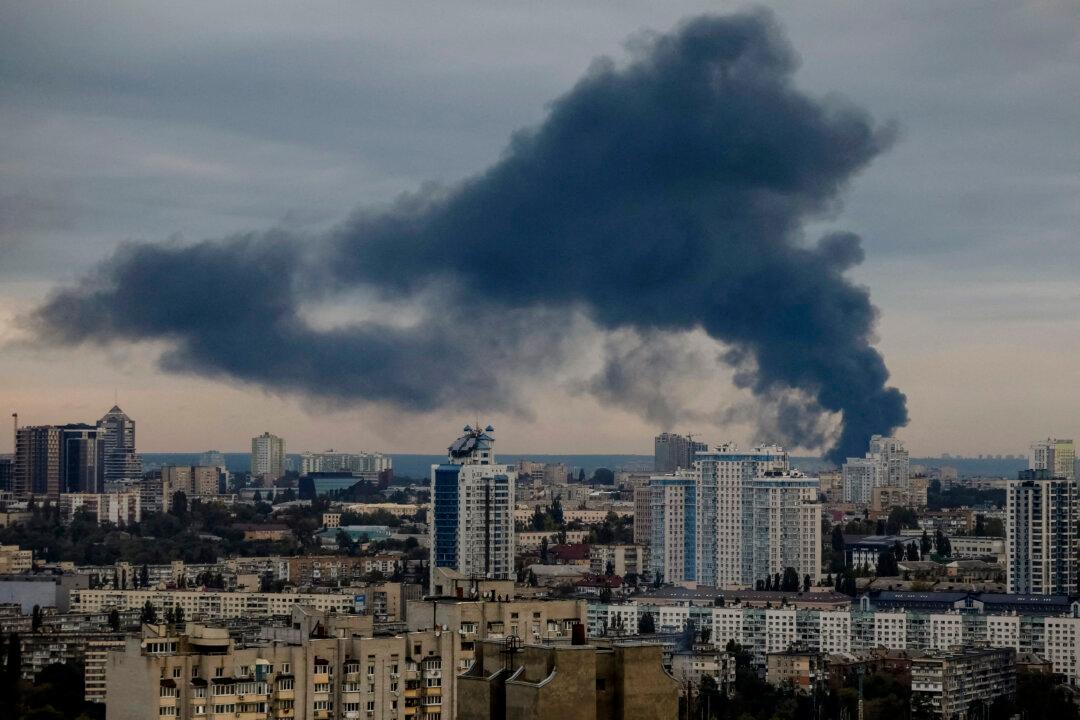Fighting has erupted in eastern Syria between U.S.-backed Kurdish fighters and Syrian government forces, according to reports and statements from both sides.
The latest clashes in the region coincide with ongoing fighting in the country’s northwest, where anti-government militant factions—led by the Hayat Tahrir al-Sham terrorist group—launched a major offensive last week.





